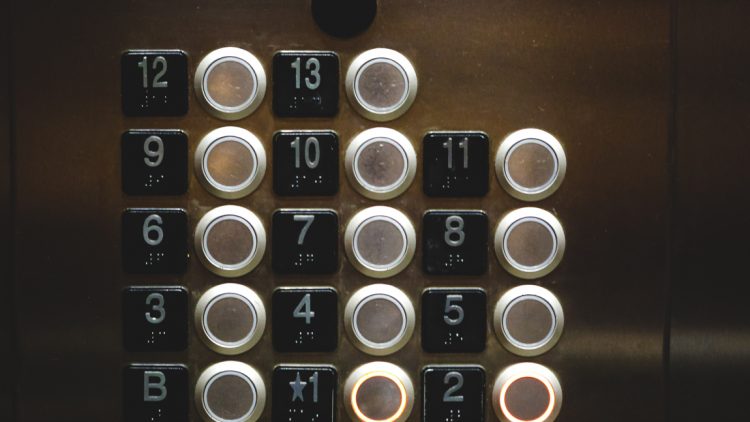Elevators come in various types, designed to suit different building requirements, capacities, and uses. Here’s an overview of the main kinds of elevators:
1. Traction Elevators
These are the most common elevators in mid- to high-rise buildings.
- Geared Traction:
- Operate with a gearbox connected to the motor.
- Suitable for mid-rise buildings (up to 250 feet).
- Moderate speed (up to 500 feet per minute).
- Gearless Traction:
- The motor directly drives the wheel.
- Used in high-rise buildings (up to 2,000 feet).
- Faster speeds (up to 2,000 feet per minute).
- Machine-Room-Less (MRL) Traction:
- The motor is located in the hoistway, eliminating the need for a separate machine room.
- Energy-efficient and space-saving.
2. Hydraulic Elevators
These elevators use a hydraulic piston to lift the cab. They are ideal for low-rise buildings.
- Conventional Hydraulic:
- Uses an underground piston.
- Travel height up to 60 feet.
- Roped Hydraulic:
- Combines a piston with a rope system for extended travel.
- Travel height up to 80 feet.
- Holeless Hydraulic:
- No underground shaft is needed, as the pistons are located at the sides of the cab.
- Suitable for buildings with unstable soil or space constraints.
3. Pneumatic Elevators
These elevators operate using air pressure differences to move the cab.
- Features:
- Tubular design with a transparent cab.
- Ideal for residential or small commercial spaces.
- Travel height: typically 3–5 floors.
- Advantages:
- Energy-efficient and easy to install.
- Requires no machine room or large pit.
4. Climbing Elevators
- Self-propelled elevators with an onboard motor.
- Often used in construction sites or maintenance work.
5. Freight Elevators
- Designed to carry heavy loads rather than passengers.
- Larger cab sizes and higher weight capacities.
- Types:
- Manual Operation: Operator-controlled.
- Automated Operation: Button-controlled like passenger elevators.
6. Dumbwaiters
- Small elevators used to transport goods, food, or documents between floors.
- Common in restaurants, libraries, and residential spaces.
7. Residential Elevators
- Compact elevators designed for private homes.
- Types:
- Hydraulic or pneumatic for smooth operation.
- Chain or cable-driven for affordability.
8. Wheelchair Elevators (Platform Lifts)
- Designed for accessibility, moving wheelchairs or individuals with limited mobility.
- Types:
- Vertical platform lifts for straight-up movement.
- Inclined platform lifts for staircases.
9. Capsule Elevators (Panoramic Elevators)
- Feature glass walls for panoramic views.
- Common in malls, hotels, and high-end commercial buildings.
10. Passenger Elevators
- Standard elevators for transporting people.
- Customizable sizes, capacities, and speeds depending on building needs.
Specialized Elevators
- Service Elevators: Used by staff in hotels, hospitals, or commercial buildings.
- Observation Elevators: Installed on the exterior of buildings for a view during transit.
- Mining Elevators: Designed to carry workers and equipment deep underground.
Do You Need Elevator Services In Arizona?
Arizona Elevator Solutions is your go to elevator specialists that can handle anything from elevator repair and maintenance to elevator modernization and upgrades. Get a free elevator modernization quote from Arizona Elevator Solutions today! We also offer elevator services in Colorado.

